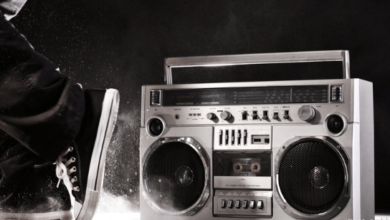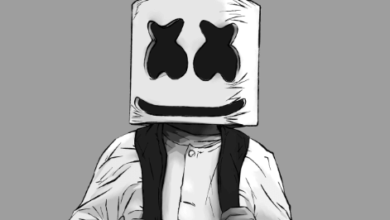
The intricate process of drawing flames involves not only an artistic touch but also a nuanced understanding of the physical properties that govern their behavior. By examining elements such as temperature, fuel type, and airflow, artists can capture the essence of flames in a way that resonates with viewers. Techniques that highlight fluid movement and diverse textures are essential for achieving a realistic portrayal. However, the choice of colors—particularly warm tones—adds another layer of complexity, inviting artists to explore how these hues can evoke emotion. What specific methods can enhance this fiery representation further?
Understanding Flame Dynamics
To effectively capture the essence of flames in your drawings, it is crucial to understand the complex dynamics of flame behavior, including factors such as temperature, fuel type, and airflow, which all play a pivotal role in shaping their appearance and movement.
See also: Drawing:Epqmli39czy= Santa
Techniques for Capturing Flames
Understanding the intricate dynamics of flames lays the foundation for employing various techniques that can bring their captivating forms to life in your drawings.
Focus on sketching techniques that emphasize fluid movement and varying flame textures.
Utilize line work to capture the flickering essence of fire, while incorporating shading to enhance depth, allowing your artwork to resonate with the dynamic energy of flames.
Color Theory for Flame Drawing
Utilizing color theory effectively can transform your flame drawings, allowing you to convey the intense heat and vibrant energy that characterize fire.
Embrace color symbolism by using warm hues—reds, oranges, and yellows—to evoke passion and warmth.
Experiment with hue blending to create depth and movement, capturing the dynamic nature of flames.
This approach invites freedom in expression, encouraging artists to explore their creativity.
Conclusion
Flame drawing, an intricate art form, requires an appreciation for the complexities of fire.
Notably, flames can reach temperatures exceeding 3,000 degrees Fahrenheit, showcasing their dynamic nature and energy.
By mastering techniques that emphasize movement and texture, artists can create compelling representations of flames.
Through the application of warm colors and effective shading, the emotional and visual impact of fire can be vividly captured, inviting viewers into the mesmerizing world of flame artistry.




